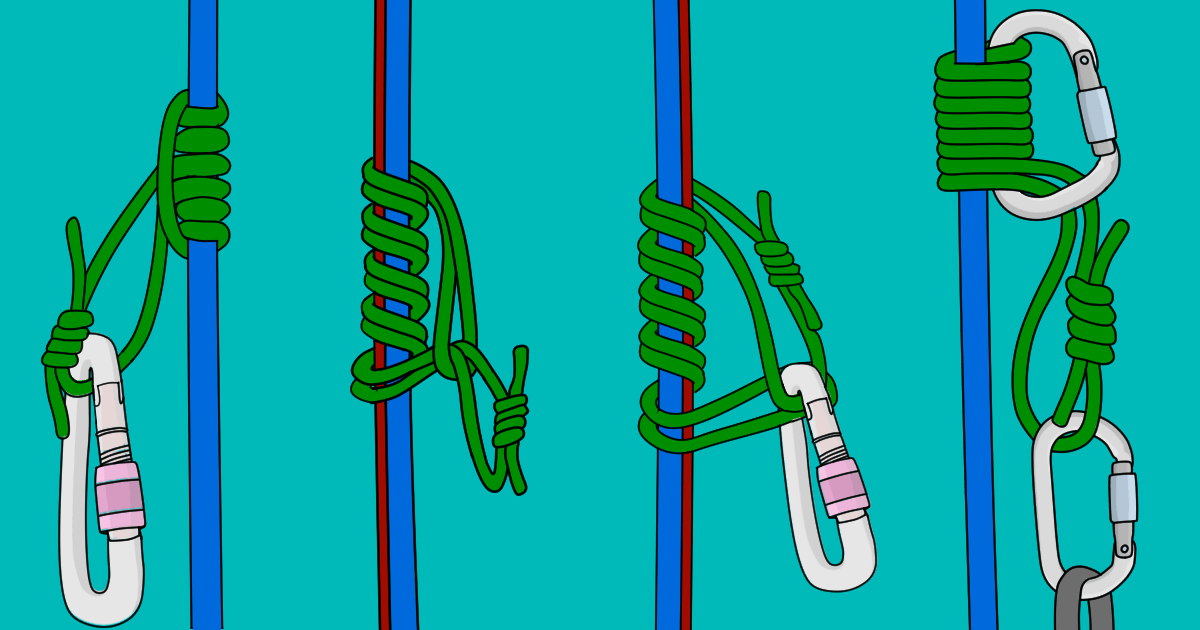You aren't going to change the general hunting public assumptions especially when you have commercially available saddles. Granted, most people will do an internet search and watch some videos and see some things on social media, but saddle hunting is so tied to the DIY mindset, that you aren't going to change that. And, with that DIY mindset, people are going to do things that aren't "safe".
People are applying "ground already covered" mindset to their behaviors in this arena. They should be applying "cutting edge not done before DIY" to their behaviors in this arena.
I'm not arguing that there isn't a subset of people in this community that understand they're pioneering, or truly ignore risk assessment.
Again, I think you guys are missing my point. There are A LOT of people engaging in A LOT of behaviors based on A LOT of assumptions that are incorrect. There are not a lot of people who are in the DIY full risk assumption mode that you're describing. These are two different groups of people, in their own minds, that are engaging in the same actual behavior. I'm trying to point out to the "just tell me what to do to be safe" crowd that they're not getting the answers they believe they are.


